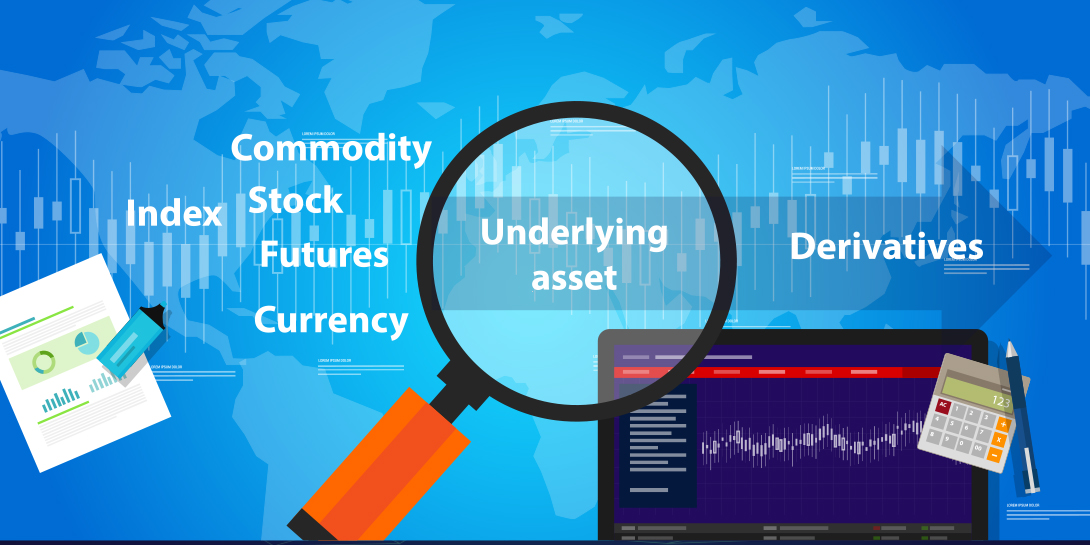Call and Put Options: Which one should I trade?

Options are derivatives, which means that their value is derived from some underlying security like stocks. Options trading is the practice of buying and selling options in the market. In this article, we will discuss some suitable option positions while keeping in mind the market sentiment and the risk/reward outlook.
Meaning and Working of Options
An option is essentially a contract that offers the option-buyer a right, but not an obligation to buy or sell the underlying asset. You can buy or sell the asset at a predetermined price known as the strike price on a predetermined date, known as the expiry date, after which the option will no longer be valid.
The amount paid to buy the right is known as the premium, which needs to be paid by the buyer of the option to the seller of the option.
Call Option and Put Option:
A call option gives you the right to buy the underlying security in the future at a strike price and a prefixed date and a put option gives you the right to sell the underlying security in the future at a strike price and a prefixed date.
Let’s now discuss some possible market scenarios ranging from strongly bullish, mildly bullish, strongly bearish, and mildly bearish along with the suitable option positions that can be employed in that particular market scenario and the respective risk-reward outlook for each of these positions.
Meaning of Bullish Market
A bullish market refers to an outlook expecting the stock market to witness a rally shortly which would be characterized by an increase in the price of the stocks in the market.
In such a market scenario, traders employ bullish options strategies as they hope the underlying stocks will witness an appreciation in value. Moreover, traders should also analyze how high the price will rise along with the timeframe in which this increase will happen while choosing a suitable option position.
Meaning of Bearish Market
A bearish market refers to an outlook expecting the stock market to undergo a decline or correction shortly which would be characterized by a decline in the price of the stocks in the market.
In such a market scenario, traders employ bearish option strategies as they hope the underlying stocks will witness a depreciation. Along with this, traders should also analyze how low the price will dip along with the timeframe in which this decline is bound to happen while choosing a suitable option position.
Option positions suitable for a strongly bullish scenario:
In such a scenario, employing the long-call position where a trader buys a call option can be suitable, as it is expected that the underlying stock will significantly rise in value.
The risk/reward outlook for the long call position is characterized by the maximum loss being limited to the premium paid for the option and the maximum gain being theoretically unlimited as the market rallies.
Additional Read: Smart tips for beginners in the Stock Market
Option position suitable for a moderately bullish scenario
A position in such a market scenario can be the short-put position, where a trader sells a put option with the expectation that the underlying stock will rise in value.
The risk/reward outlook for the short-put position is characterized by the maximum loss being almost unlimited i.e. if the price of the underlying touches zero, thereby making this position risky. The maximum gain here is limited to the premium received for selling the put option.
Option positions suitable for a strongly bearish scenario
In such a scenario, a suitable position can be the long-put position, where it is expected that the underlying stock will significantly fall in value in a relatively short time frame.
The risk/reward outlook for this position is characterized by the maximum loss being limited to only the premium paid for buying the call option and the maximum gain is theoretically almost unlimited as the price falls to zero.
Additional Read: What are Options? How do they work? Types and Features of Options
Option position suitable for a moderately bearish scenario
In such a scenario, employing the short-call position can be suitable as it involves selling a call option with an expectation that the underlying stock will fall in value significantly.
The risk/reward outlook for this position is characterized by the seller of the call option being exposed to unlimited risk if the underlying stock significantly rose in value instead of falling, thereby making it rather risky. The maximum gain here is limited only to the premium received for selling the call option.
Conclusion
- There are kinds of options, call options and put options which let you buy and sell the underlying security on a future date and at a pre-decided price respectively.
- In strongly bullish scenarios, long-call position can be suitable.
- In moderately bullish scenarios, short put position can be suitable.
- In strongly bearish scenarios, long-put position can be suitable
- In moderately bearish scenarios, short call can be suitable.
 Top Mutual Funds
Top Mutual Funds








COMMENT (0)